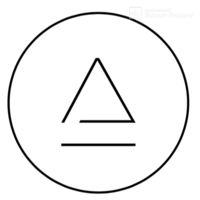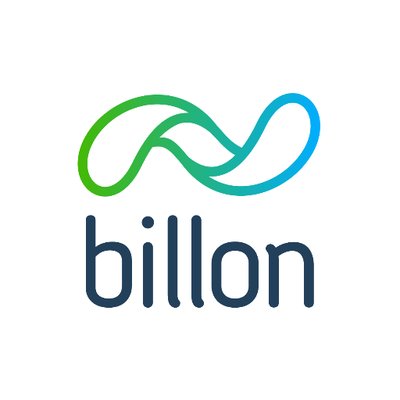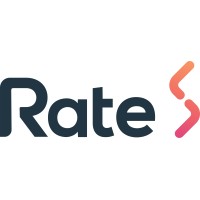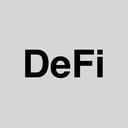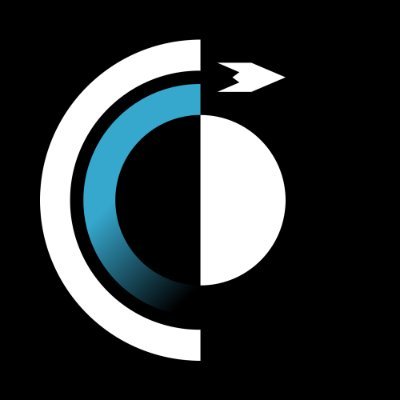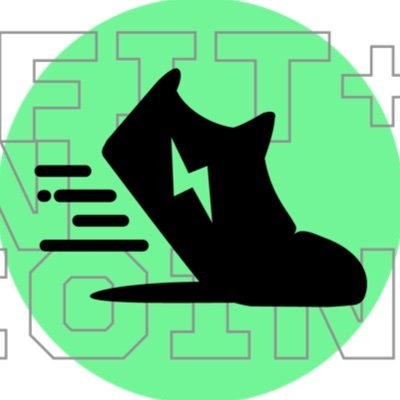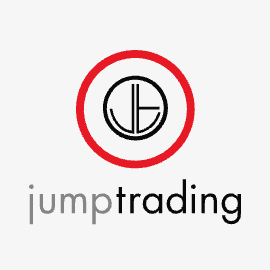
Author:Crypto@Luffy
Edit:Crypto@Luffy
Since setting a record of the highest market capitalization of \(2.9 trillion last November, the cryptocurrency market has slowly started to lose its previous traction due to both internal and external pressure. The booming cryptocurrency market has deepened international regulation of the sector and products. These include the mining ban issued by the Chinese government and the implementation of legislation in several countries in the cryptocurrency space and the gradual stabilization of the global pandemic. The tightening monetary policies from central banks and the SEC's constant signals to raise interest rates are creating obstacles to the growth of the cryptocurrency market. After falling to the \)1.5 trillion market cap level on January 24, the overall cryptocurrency market cap currently stands at $1.9 trillion, shrinking close to a trillion dollars in market cap compared to its peak.
Affected by the overall decline in the cryptocurrency market, DeFi, NFT, and other major sectors are also greatly affected, For example, the DeFi market has fallen by up to 27.7% since November of last year, both TVL and mainstream DeFi projects have seen a significant decline in coin prices and trading volume. The NFT market, which has exploded in recent months, has also suffered a recent plunge in trading volume, with overall NFT sales down 29.35%, including a nearly 32% plunge in Solana NFT trading volume,
Solana is currently the second-largest NFT trading market after ETH, and with the vision of the world’s fastest blockchain network, although it is one of the few most successful blockchains in 2021,it is still among the current downturn in the cryptocurrency market.
At the time of writing, Solana’s TVL market stands around $8 billion, a 46.7% plunge from its peak, nearly halved to an all-time high.
The loss of the TVL market has also had an impact on the SOL’s price, SOL’s price fell to $100 in three months, losing 61.7% of its value, this greatly exceeds the decline of leading crypto assets in the market, including Bitcoin, ETH, and BNB, over the same period.
In addition to the weak market performance, Solana Eco has suffered a lot of pitfalls in recent months, one of the cross-chain protocols “Wormhole ”was hacked, WETH was worth $0.32 billion stolen. And then on January 4, the Solana network went down, network outage for 4 hours, earlier in the day, the network also suffered a 13-hour downtime, these incidents caused degradation of Solana’s network performance at the time, with frequent network congestion and transaction failures.
NFT trading plunges, low SOL’s price, hacking, network down. Each event is leading to one conjecture- Is Solana Eco really failing? This does not seem to be a false proposition? Because it can actually happen!
If you look at the above performance alone, Solana seems to be in trouble at the moment. This is not in line with Anatoly and Raj Gokal: “To build high-growth and high-frequency blockchain applications and to democratize the world’s financial system.” The original intention of it was also mentioned by Anatoly and Gokal at Lisbon: the need for over 1 million developers to build Solana-powered decentralized applications for over 1 billion people, and it’s clear that the current situation is far from ideal.
But this does not fully represent the truth of the matter, the laws of the market tend to tell us: the lower the spring presses the faster it rebounds, just like the Candlestick chart you are looking at, Solana’s “internal nuclear fuel” is sufficient, this is reflected in the distribution of its ecological map. Competitiveness of core ecological projects, broader technology development needs, Web 3.0 infrastructure development, and more.
Distribution of Solana’s ecology roadmap
A perfect public chain ecosystem must cover multiple segments, at present, Solana has formed an ecosystem covering eight main areas: DeFi, NFT, games, tools, wallets, Dapp applications, and development, the segments covered include nearly 20 segments such as DEX, derivatives, trading analytics visualization, lending, synthetic assets, stablecoins, etc. And the number continues to grow, because of the support of these huge segments Solana’s upper eco-application explodes forward in full force. In addition to this, Solana has a large VC team behind it. There are currently 24 companies with institutional investments in Solana, These include well-known institutions such as Coinlist, Alameda Research, Jump Trading, The concentrated explosion of eco-projects and the support from the capital behind will help Solana grow further, Solana’s ecology footprint will begin to expand in a way that is visible to the naked eye.
Web 3.0 tech, developers’ aspiration
Solana is the blockchain network built for speed, security, and efficiency. It combines a proof-of-stake consensus algorithm (PoS) with an innovative proof-of-history system (PoH)And it achieves sub-second levels of trading and transaction rates of less than $0.00001. At a point in time when ETH 2.0 was too long to go live, Solana took on the cumbersome transaction frequency, Solana significantly reduces the development effort for developers and lowers the barrier for users to use the blockchain ecosystem by introducing different technology solutions into the ecosystem. It can also provide users with a better experience because of the advantages of its underlying technical advantages, which allows Solana to gain a constant flow of developers, which gives blood to the long-term development of the Solana ecology!
Competitiveness of core ecology projects
There are currently over 500 eco-projects built atop Solana, these programs contain categories such as DEX, lending, liquidity mining, AMM. These projects support Solana’s competition throughout the market. For example, Solana currently has the largest AMM-Raydium, set a record of exceeding \(800 million in daily trading volume on September 9, 2021. The current daily trading volume also remains at the \)10 million level, Solend, the largest lending protocol currently available, is also at the top of the DeFi lending market, TVL ranked projects such as Quarry, Marinade Finance, Saber and others are growing their markets to attract other users in the ecosystem. The number of projects on the Solana ecosystem is still increasing, and it will develop at the application level in an aggregated manner to catch up with ETH and thus drive its ecological competitiveness!
Web 3.0 Infrastructure development
The Solana ecosystem now has over a million active addresses, and contributing to this milestone are two of the largest wallets on the Solana ecosystem today, Phantom and Slope wallet. Both wallets currently have over 100w users, Phantom is the earliest desktop wallet in the Solana ecosystem. Early brand building to gain a wide range of eco-users, Slope wallet as a newbie. The strong alliance with Solana’s core ecological projects has led to the increasing influence of the brand. Among them, the recent cooperation with Galaxy and Stepn and other projects are effectively driving the growth of mobile users.
Slope wallet is not only a wallet tool, it can also be a financial platform. Users can stake crypto assets or participate in liquidity mining of DeFi projects in the wallet, becoming a liquidity provider LP, the implementation of cross-chain functionality will broaden the user base of Slope wallet, while providing more diversified decentralized financial services, as a mobile gateway to web3.0, Slope wallet will launch more functions in the near future!
Phantom and Slope wallet provides a convenient asset management tool for Solana-based users.Definitely, Slope wallet and Phantom will be adding more features in the future as user needs continue to grow, becoming the user’s favorite wallet tools! Be the most important infrastructure of Web 3.0.
Solana has formed a strong resonance in terms of technology, partners, investors, and developers, which will forge the soaring power of Solana, thus Solana ecology will not only not cool down, but will continue to heat up in the constant friction of the market!
【免责声明】市场有风险,投资需谨慎。本文不构成投资建议,用户应考虑本文中的任何意见、观点或结论是否符合其特定状况。据此投资,责任自负。




